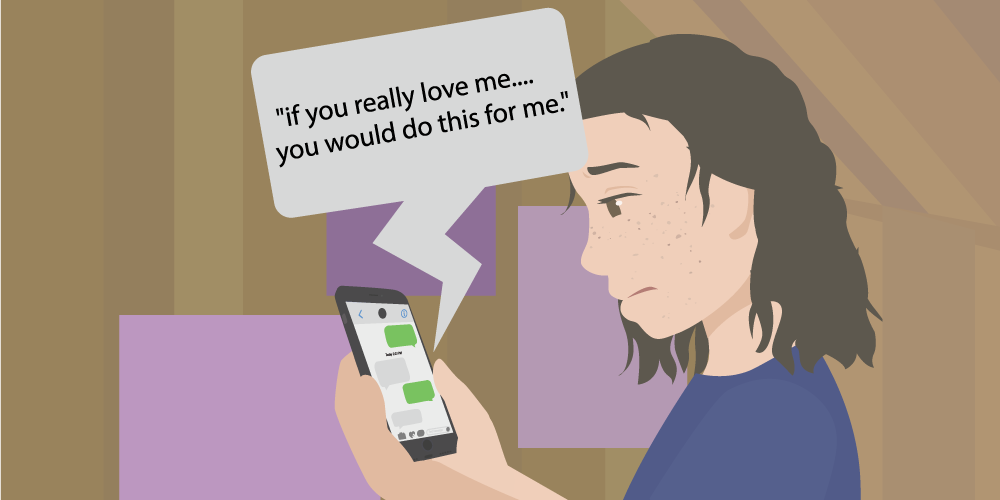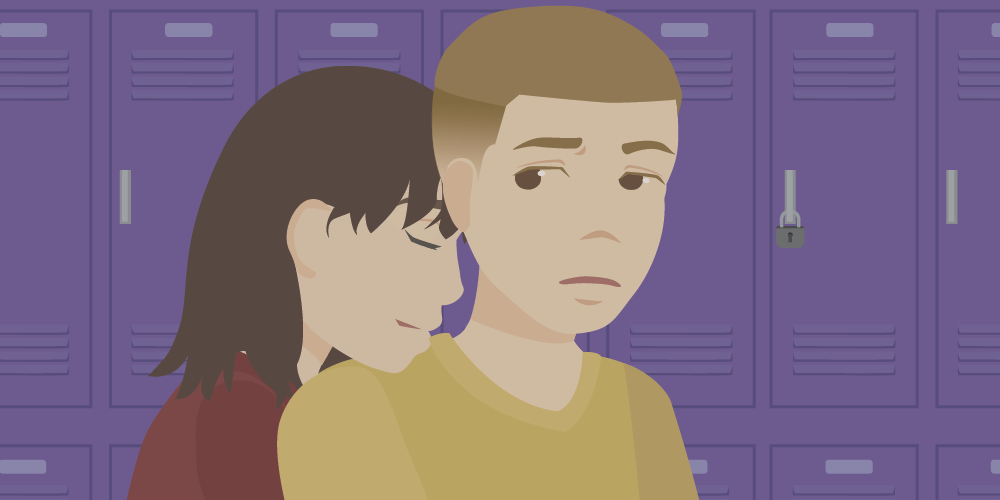No matter what the scenario, we hope that our teenagers are equipped with the knowledge and tools to handle or remove themselves from a potentially dangerous situation. However, we have no way of knowing how they will respond if it is a situation that they have never experienced before. Just as you would create a fire escape plan in the event of a home fire, it’s a good idea to plan ahead for situations your teen may face in life, even if we don’t think they are likely to happen. In the event that these situations occur, your teen will be more prepared to handle the situation safely.
How can I work with my teenager on increasing their safety?
Similar to many other topics related to youth, it is best to talk about your teen help them plan ahead before they are faced with potentially unsafe scenarios. By planning for these different scenarios, your teen can be prepared with what steps they can take if they are feeling unsafe. It should be clear that in no way is it your teenager’s responsibility to stop violence or that the safety of the family falls on them. The most important thing is their safety and reassure them that blame will never fall on them in the event of an emergency. You can also include other supportive adults into safety planning as well; they may be able to offer a place to go, an ear to listen, or assist in getting help.

A safety plan should include:
- Your teen’s input. Working together with your teen to build their safety plan will ensure that it’s tailored to them and will increase the likelihood of them actually remembering or following through with the plan.
- Specific actions your teenager can take that will increase their safety in different situations. We obviously can’t see into the future, but there are certain things you can plan ahead for situations that your teen may face. If you are planning for a scenario, try not to be vague. For example, most teenagers know that if someone is making them feel uncomfortable or unsafe, they should speak up, but if that someone they care about? What is that person is threatening them not to tell anyone? Instead of telling your teen to “get help”, plan for specific action steps they can take to remove themselves from the situation. Ask your teen what their first step would be. Provide them with suggestions like have 3 different supportive people that you can text or call, be sure to have your phone with you, text someone a pre-decided code word so they can come get you right away, identify other adults nearby and try to remain close to ensure you’re not alone.
- When to remove yourself from situations and how they will do this. Discuss with them that if they are uncomfortable for feel like they are in danger, they can call you- or another trusted adult- without recourse. You may want to come up with a code word or phrase that your teen can text you and notify you that they need help right away.
- Have safe places they could go and how to get there. Whether it be a relative or neighbor’s house or even a local police station, plan for a place where your teen can go at any hour if they do not feel safe.
- Create plans for different settings. At home, at school, at a friend’s, at a party, etc. By identifying locations, allows for us to think of situations that are likely arise. For example, at a party, your teen may be faced with peer pressure. How will they plan to respond? If they do drink, how will they get home? What if someone drinks too much and they seem ill? By discussing possible scenarios and how to handle them ahead of time, you can prepare your teen to have a safe response.
- When to call emergency services and what to expect if they have to. Calling for help in emergencies may seem like a no brainer, but sometimes teenagers can have difficulty recognizing danger. Remember, people can disguise themselves as “good guys”; approximately 2/3 of sexual assaults are committed by someone the victim knows.

If you don’t know where to start, here is great example template for a safety plan that is more specifically tailored to teens and relationships they have. You can start by using this safety plan already created, add on to this safety plan or use it for ideas to create your own. Safety planning should be unique to the teen, make sure you are seeking their input about potential situations they might be worried about. It is likely that the challenges your teen might face will change as they grow up so safety plans should be reviewed every year to ensure they are still relevant. By continuing conversations about safety planning, you can provide them with the tools to respond safely in unexpected situations.



